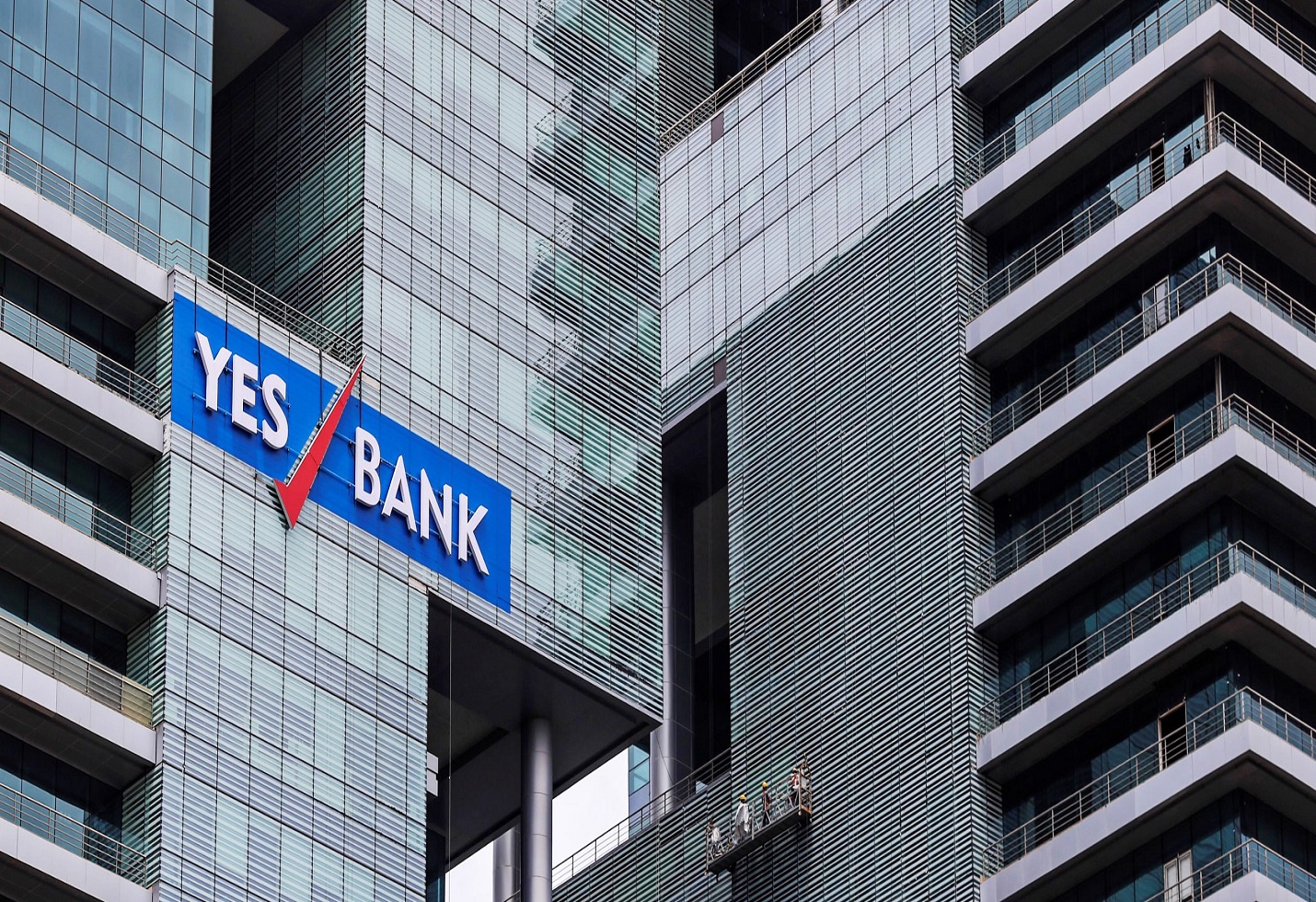Bank of Baroda Q2 FY26: Strong Loan & Deposit Growth but Profit Softens on Lower Other Income
Bank of Baroda reported a healthy quarter with growth in loans and deposits that reflects continued demand for credit and strong franchise build-up. However, profit for the quarter was lower on a YoY basis mainly because non-interest income fell sharply and recoveries were weaker. Core earnings from net interest income improved, margins are holding up and asset quality showed signs of improvement.
*Key Highlights*
* Net Profit (PAT): ₹4,809 crore in Q2 FY26: down ~8.2% YoY (vs ₹5,238 crore in Q2 FY25).
* Net Interest Income (NII): ₹11,954 crore: +2.7% YoY.
* Net Interest Margin (NIM): 2.96% in Q2 FY26: modest improvement sequentially, slightly lower YoY.
* Non-Interest Income: ₹3,515 crore: down ~32% YoY due to weaker recoveries and treasury gains.
* Advances (Loans): ₹12.79 trillion: +11.9% YoY, showing broad credit growth including retail.
* Deposits: ₹15.00 trillion: +9.3% YoY.
* Retail Lending Growth: Retail advances up ~17.5% YoY.
* Asset Quality: Gross NPA improved to ~2.16% and Net NPA fell to ~0.57%.
* Slippage Ratio: ~0.91% showing stable credit control.
* Capital Adequacy (CRAR): ~16.54% with Tier-I at ~14.15%.
*Revenue & Profit Analysis*
Bank of Baroda’s revenue mix shows a positive trajectory in core lending income. Net interest income, the difference between interest earned on loans and interest paid on deposits rose +2.7% YoY to ₹11,954 crore, indicating demand for loans remains strong and pricing power has held up reasonably well. However, non-interest income which includes fees, commissions, recoveries and treasury gains fell sharply by roughly a third. A key reason was a lower level of recoveries from written off accounts compared with last year’s strong base quarter. Together, this led to a ~8% decline in net profit even though core banking income from interest improved. For sequential context, profit was modestly better than Q1, showing some stabilisation.
*Balance Sheet & Asset Quality*
Business growth was a standout positive:
* Loans (advances) grew ~11.9% YoY to ₹12.79 trillion, led by retail segments.
* Deposits grew ~9.3% YoY to ₹15 trillion, showing confidence in the bank’s funding franchise.
Improving asset quality was another encouraging theme. Gross NPA ratio improved to ~2.16% and Net NPA ratio dropped to ~0.57%, suggesting better credit screening and lower stress in the loan book. The slippage ratio of ~0.91% also points to manageable additions to bad loans. Capital ratios remained comfortable, with CRAR ~16.54% and Tier-I at ~14.15%, giving the bank room to support future loan growth without jeopardizing financial strength.
*Business Drivers & Challenges*
1. Drivers:
* Retail credit momentum (17.5% growth in retail loans) helps diversify the loan mix and supports margins.
* Deposit growth near double digits strengthens the bank’s funding base.
* Improving asset quality reduces provisioning stress.
2. Challenges:
* Non-interest income contraction hurt profitability, emphasizing reliance on interest income.
* NIM pressure remains a common theme in the banking sector, though sequential improvement hints at more stable margins ahead.
*Management View & Outlook*
Management has highlighted that core lending demand remains strong and they aim to sustain loan growth in both retail and corporate segments. The bank expects margins to stay roughly in the current band as deposit repricing benefits continue to flow gradually into earnings. Asset quality improvement is being monitored through disciplined credit evaluation and provisioning policies. Given the competitive deposit environment and fluctuating non-interest earnings, the focus appears to stay on profit stability, balance sheet growth and NIM support in the coming quarters.
*Valuation Perspective*
Bank of Baroda is trading at a discount to private sector peers, which is typical for public sector banks given governance risk perceptions and slower revenue diversification. However:
* Strong franchise growth in advances and deposits suggests earnings can grow sustainably over the next 2–3 years.
* Improving asset quality means credit costs could stay controlled, supporting net profit expansion.
* Margins (NIM) stabilising near ~3% offers reasonable support for earnings sustainability.
For a long-term investor, the bank’s valuation should reflect a mid-cycle correction in profit with a path to earnings improvement over time as non-interest income recovers and the loan book mix improves. Considering sector norms, a moderate P/B (Price to Book) multiple that incorporates future growth (e.g., 0.7x–0.9x book over next 12–18 months, subject to market conditions) could be realistic, balancing strong growth in core loans with short-term profitability headwinds.
*Conclusion*
Overall, Bank of Baroda delivered a steady operational quarter with healthy growth in loans and deposits and improved asset quality, even though net profit softened due to weaker non-interest income and lower recoveries. Core banking performance remains strong: NII is growing, margins are stable and credit quality continues to improve, which keeps the earnings outlook constructive. While near-term profitability may remain uneven because of dependence on recoveries and treasury income, the bank’s balance sheet strength, capital adequacy and consistent loan growth position it well for gradual earnings improvement over the coming quarters.
The image added is for representation purposes only










